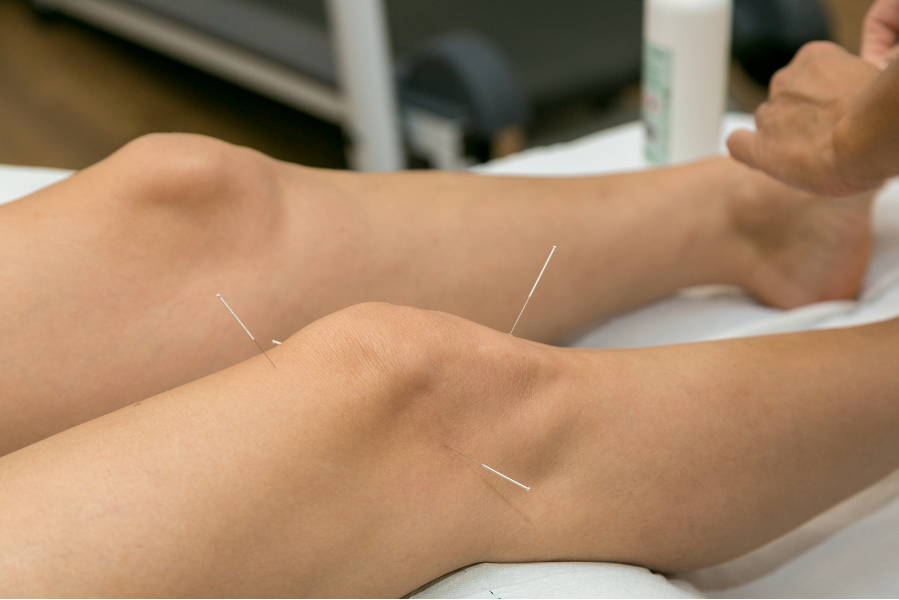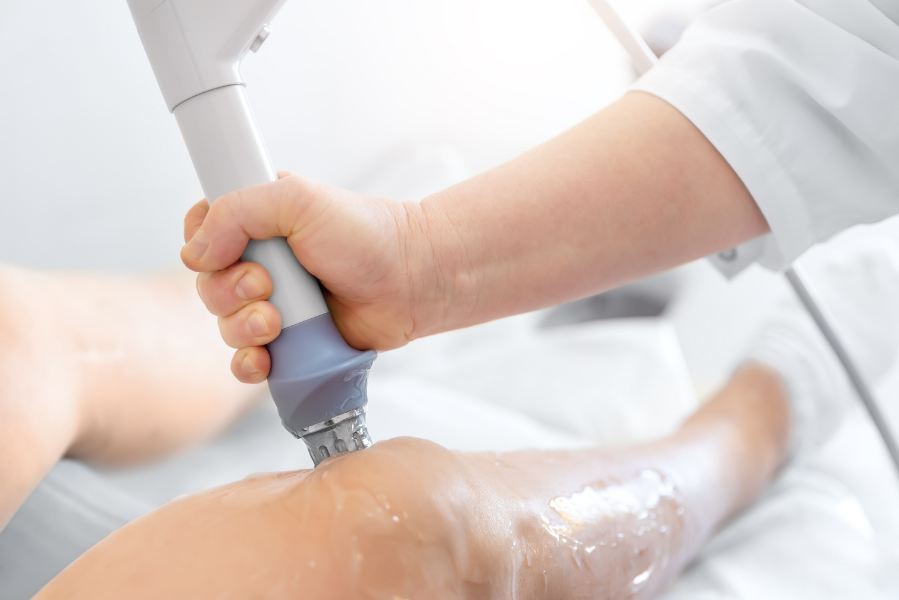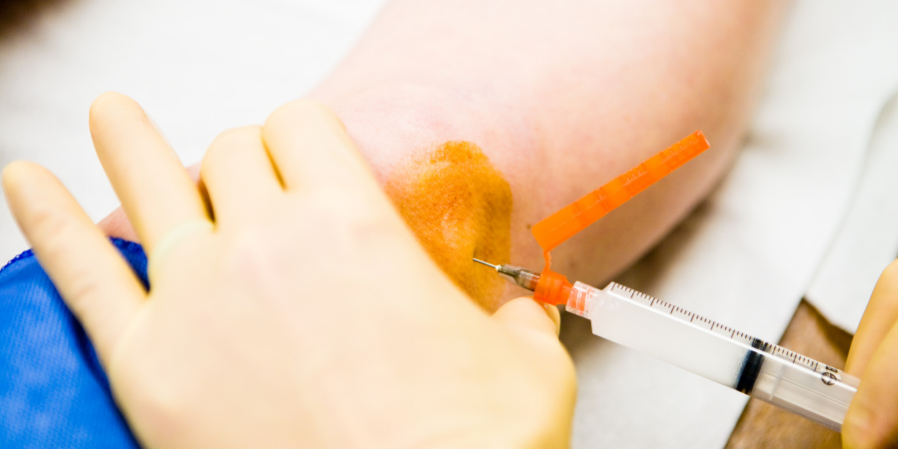This is a question that I get asked a lot and the answer’s vary depending on what the issue is, how long has it been going on, what’s the pain stopping you from doing.
Before we can answer this question you need to know what a cortisone injection is and why is could be helpful in your situation. Then you need to know what your options are and what’s the best order to try them in.
What is a Cortisone Injection?
A cortisone injection is an injection of a steroid to help with inflammation. The aim is to calm down the immune system, to reduce inflammation and in turn your pain. They are usually injected into joints, near bursa’s and into tendons.
They are a relatively cheap form of intervention as Medicare, in Australia, covers 80% of the cost. The problem with the cortisone injection is that results vary. Even for the exact same issue I can have one patient tell me that they never had another issue with it and someone else say they got a week of relief and that’s it.
Another con is the more injections you have and the larger the dose of the steroid, you increase your risk of the following:
- Cartilage damage
- Death of nearby bone
- Joint infection
- Nerve damage
- Temporary facial flushing
- Temporary flare of pain and inflammation in the joint
- Temporary increase in blood sugar
- Tendon weakening or rupture
- Thinning of nearby bone (osteoporosis)
- Thinning of skin and soft tissue around the injection site
- Whitening or lightening of the skin around the injection site
As a physiotherapist the above risks are why I would always recommend physiotherapy as the first line of treatment for pain relating to bursitis, tendinopathy or joint pain.
There are so many options for treatment for bursa, tendon and joint issues, and some can even given pain relief within the first session. Why risk the side effects unless other treatment fails first.
When I do recommend a cortisone injection is for a bursa or joint that is not settling with other physiotherapy treatment. I would give physiotherapy session a good 2 weeks before turning to the injection.
Would you get a tendinopathy injected?
There is evidence mounting against injection of tendons, and some evidence suggesting that they are even counter productive. Luckily there is evidence for treatments such as dry needling, shockwave therapy and PRP (platelet rich plasm) injection.

Dry Needling
Current research supports the use of Dry Needling for tendon issues. The therapist will repeated pass the needle through the area of tendinopathy. This action disrupts the chronic degenerative process, causing bleeding and inflammation and increases local growth factors and other substances that promote healing. Research suggests that Dry Needling can reduce pain in 72% to 80% of cases on tendinopathy.

Shockwave Therapy
There is a growing body of evidence for non invasive Shockwave Therapy. Where they are getting results of 60-90% of people with a chronic musculoskeletal injury/pain are getting pain relief when teamed with other physiotherapy treatments.

PRP injections
They take your blood and spun in a centrifuge to separate the plasma (containing high amounts of platelets) from the red cells and injected into the degenerative tendons. Studies have shown that PRP injections are better than cortisone. We obtain PRP from whole blood.
So why isn’t everyone getting shockwave or PRP?
The good quality Shockwave machines are expensive and cost around $20K and the up keep on them isn’t cheap either, so often you have to pay extra for the treatment. Due to the price not every physiotherapy practice has one, so you need to search around for one near you or travel to a clinic that has one.
PRP injections can be $400 per injection and you often require a course of 3 injections. Medicare does not cover these injections.
Conclusion
So in short, cortisone injections have their place for helping with inflammation, and in turn pain, however I believe that they should be used as an ace up your shelve and try other options before resorting to the injection.
Consult an expert Physiotherapist first if you are unsure about the cortisone injection. A good physiotherapist should first assess your condition and then advise you about your treatment options. The physio should also provide you with the risks involved and benefits of each option, and allow you to make the decision you think is best.
Book an appointment
Need to see a Physiotherapist? Book an appointment now with one of our team by calling 0410 559 856.
For more information, please see our FAQs or contact the clinic.








